I spent the last 4 days on Vancouver Island on a beach near Ucluelet. Gorgeous. Passing whales. Beer. Hammock. Silence. My girl and a couple dear friends. Some beautiful light too, and though I didn’t go to make photographs I did take an hour each evening to play.
We just finished the inaugural The Created Image seminar here in Vancouver ( and we’re already planning for 2014. Want to be notified when details come available? Give us your name and email address here and you’ll be the first to know). We hosted 30 photographers who wanted to spend a couple days having their brains crammed to bustin’ with teaching about creativity, composition, visual language, editing, and a bunch of unplanned little digressions from me. One of the things I talked about, and this comes as no surprise to anyone who’s been caught in the middle of one of my sermons about creativity, is the power of constraints.
We need constraints. They force our hands creatively, and while many advocate embracing constraints, I suggest we go one better and create them. So while I was in Ucluelet I found a stretch of rocky beach just feet from my tent and imposed a constraint, and for three evenings I made images that had to have one of two sets of logs and/or the small distant island as a compositional element. Nothing else. These constraints gave me the field in which to play and, un-paralyzed by the vast choices I might otherwise have had, I got down to business. I’m not sure if these images are much more than sketches at this point, but I sure enjoyed myself and came away with some new ideas. The next time you’re out with your camera, consider creating some constraints and see if it doesn’t propel you forward more than it holds you back.
Tomorrow it’s a flight to Sandspit on Haida Gwaii, then a float plane back to the Ocean Light II on which I spent a week last month in the Khutzeymateen. I’ll be gone for a week, absorbed in the seastars, wind, orcas, and light of northern British Columbia. Then not long after that it’s a week+ in Bali for the What If Conference, and not long after that a month in the Jeep back up towards the arctic to see the colours turn and the northern lights dance. Busy time but it means a return to field work and the wild places I love. I’ll check in as often as I can, I promise.

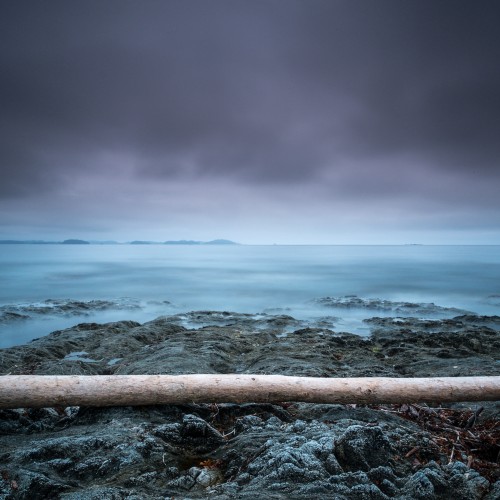
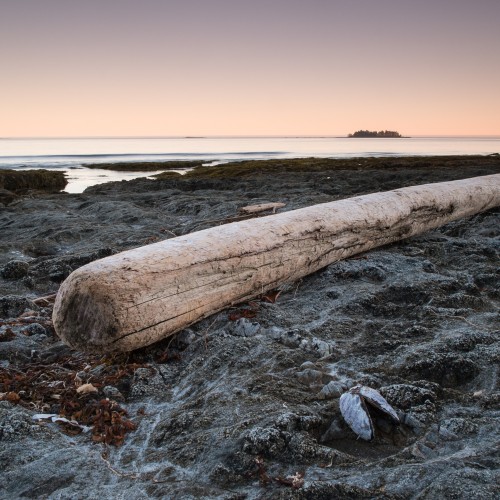
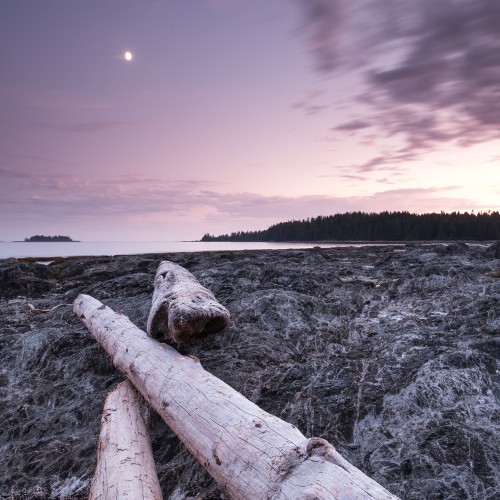
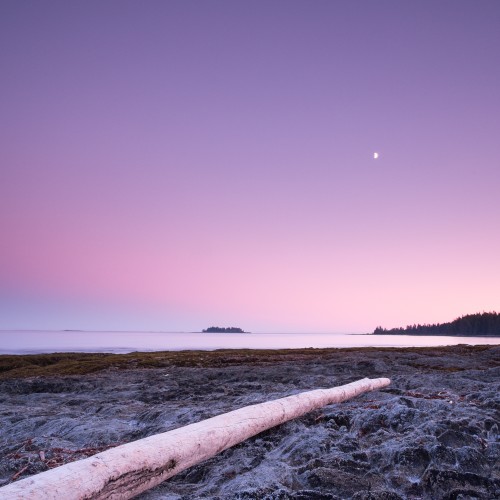

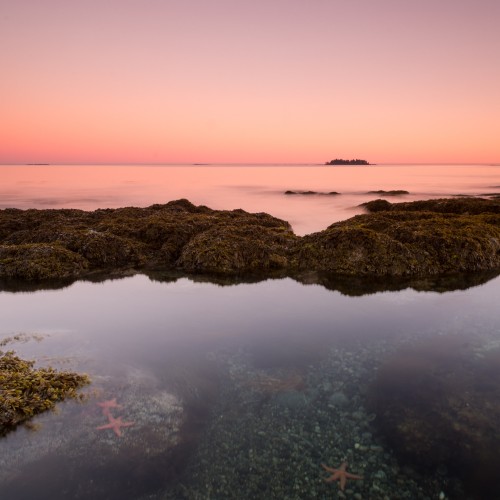
Comments
Pingback: Shooting with constraints | Luis Lebrón's Photos
Awesome photos
John Paul Caponigro Insights – July 2013 newsletter, some good stuff here about you here David. Read all about it…
http://www.johnpaulcaponigro.com/blog/
David,
constraints are great – especially when you know what to do.
Maybe that’s why my drum kit got smaller and smaller over the decades (and maybe because I am not willing to carry all this stuff…).
Photographically speaking (ha, got you with that!) I like constraints because I have to think less about “choices” or “alternatives” (and less gear to carry – I guess we have a pattern here!) and it makes me work with what I have. And because I just can not afford a sexy small camera (like the new Fujis) and I don’t even want to consider hauling my medium format film camera on through the jungle, I’ll take my cameraphone on my trip to Laos and Cambodia next year.
Thanks for your inspiring work and for sharing your thoughts.
Peace.
Man you are MY inspiration!!! I mean that! I own most of your books, and read them on my iPad whenever I need some pick me up. I travel alot to my summer home on the Maine Coast. I just returned from nine days of shooting with over 9400 images. I’m heading back to Maine this weekend for three days and will be shooting some more. You are truly gifted and these images, with constraints just goes to show that. I do the same on occassions but with lenses. On my X-E1 sometimes I will shoot all day just with the 35 F1.4… To see what I will get. And the results are inspring and amazing.
Keep up the great work!
J
Wonderful photos, jealous that you got to see passing whales. Such magnificent creatures with such power and strength.
Pingback: Prime Challenge | Everchanging Perspective
Creating constraints has helped me grow so much as a photographer, that is why I started working with film. As a younger photographer, I began creating images in an all digital world. Lots of choice, lots of abundance in the world of digital cameras. The scarcity of film has really taught me to take my time and make intentional photographs. My favorite images from this past year were all made with a manual focus lens on an 80’s slr.
David,
Regarding constraints… creating them in the field is a great idea… and very easy to create… don’t go on long trips etc… go to your nearest neightbourhood… draw a square of ie. 1km^2 on the map around your place and go for it!
I think that we should also (from time to time) play with constraints of our hardware 😉 We’ve got full backapcks of stuff…. leave it… pick one lense of your 5 and go… take nothing more… and do whatever you can with that.
Hmm… why not to combine that two? Why not to do that with different 2 lenses then – one day with wide one, another day with tele, and screw them out? 🙂
I thing it’s great practice! I did that a month ago… i took only macro lens and went around their garden, then another day i took few books, sat on the balcony and played with that macro lens (and that books:) for another few hours…. Great thing!!!!
PS. David, imho, these few pics above are more than sketches… lovely… 🙂
Thank you David for sharing your vision and technique. Love your examples here.
The concept of constraint is one that is also well highlighted in the documentary It Might Get Loud, particularly in Jack White’s approach to the guitar. It can be applied to any medium or tool and has always stayed with me – the idea that constraint fuels creativity. For me, it always goes back to one lens, no matter how many i try or buy.
It also speaks to me in any given situation, where I think: there is an interesting photograph here, somewhere – my job is to find it and make it. Constraint of situation/environment. It could be a candid portrait, a photo of a napkin dispenser, patterns on old wallpaper, a macro detail, interesting light, etc. We can’t always be at the “mecca” photo destinations but there is life and beauty everywhere.
I love how your work is a photographic diary of your life and your passions.
David,
Gorgeous color palettes! And those last ones with the additional dimension of view below water create a strong emotional riff with the above ground, and the distant….like the mind is being pulled actively between the three, pondering…wondering. Thanks for nice provocative challenge for the creative quest. Craig
great atmosphere in these images, I specially like the first photo. that trunk crossing the photo in horizontal way “disturbs” the viewer, but in a positive way adding tension in the image. I like it.
Yes, limits force ourself to give the best we can…more or less 🙂
robert
Assuming the very use of them, do your big landscape filters work well with the physically smaller lenses of the Fuji?
Oh, and if it matters – and even if it doesn’t 🙂 – image No. 5 is my favorite of this set.
Hey Steven – Yes, I use my regular Lee filter holder and my usual assortment of Lee and Singh-Ray filters – these days it’s mostly just a 3-stop grad (hard transition) and a 3-stop ND or 10-stop ND. Polarize to taste. 🙂
Great idea. Like others I have sometimes imposed constraints based on gear. For one period of 18 months or so I had a small camera and single lens. This approach adds a richness to exploring creativity.
I think I read in a Freeman Patterson book that he would plonk students in a small space of grass and get them to make a given number of photographs using only the subjects within that small space.
Some of these examples are well beyond sketches. The horizontal lines in the first one create distinctive areas and yet pull it all together.
Sorry to read about your foot troubles. Hang in there.
Thanks David for another great article and passing along this idea of imposing compositional constraints. I’ve always embraced the constraints that come with working in a particular aspect ratio, at a certain focal length, or in only b&w. However, I’ve never thought of limiting myself to particular elements. Sounds like a great way to make one focus on the act of creating images.
These are beautiful images. I like to implement lens constraints on myself, but haven’t expanded it to composition like this. It is a wonderful idea.
I love the concept and when self imposed, it has worked pretty well. Unfortunately, it is not imposed enough! Love the first image – mainly the tones – but the simplicity of all of the images is quite soothing! Good stuff David!
Very wise words, and some beautiful images as always David. Constraints, whether they be tools, technique or subject, give us challenges we need to overcome and hence makes us grow as artists.
hi David,
it is true.. that you are going to Bali, well I’ll said welcome to my country Indonesia, I’ll hope you have a plan to make a great image from Indonesia : )
Such a peacefull images.
You have the eye/I of a preternaturally gentle soul. your work is masterful.
Kind words, thank you, Andy.
Glad to see you’ve got some trips back to Northern BC! The weather has been hot and sunny lately and looks to stay that way for time to come. Enjoy your trips!
Ps. There’s always an open invitation for a meal in Smithers.
Hi David.
Some lovely images there! I too believe in the power of constraint and its creative effect. Ordinarily we tend towards constraint with respect to tools (eg prime lens) but choosing to constrain yourself by subject suggests an affinity/interest with that subject I think?
Often we find things when we’re out we’d love to incorporate but maybe don’t work (perhaps more likely give up without working them enough). So I was wondering what it was that chose you to those particular constraints, and what (if anything more than instinct) encouraged you that you could make them work from the off?
I think you’re right, Duncan – I do have an affinity for this subject. The simple fact is that my feet were hurting a little more than usual and the prospect of walking a long ways to find new compositions was daunting to me. I liked the lines of the logs and the distant island seemed to give me an anchor. The point was just to play, with no intended outcome. As for choosing these particular constraints, well there weren’t many other logs or distant islands. But forcing myself to make something of these was really valuable, and also one of the first times recently that I’ve used a constraint in subject matter instead of a constrain in tool or technique.
Well, I certainty agree with the concept of restraints, however, there are a couple of images here that are more than sketches, in fact, they are gorgeous. My personal favorite it the bottom one with the starfish, but the one above it, and the very top one are, in my humble opinion, terrific as well!
Great images David and a valuable reminder about using constraints to your advantage. After all, being unique is imposing a constraint no one else would have done.
This may be a silly question (or I may have missed a previous post about it). These images are all square format. Are you trying something new? Or perhaps you have been converted to the square format via Instagram like I have?
Looking forward to a reply 🙂
-Jeff
Jeff – No Instagram for me, just a love of the 1:1 frame. And to be honest, ahem, I couldn’t find the release for my Hasselblad when I was packing. So I used my Fuji XE-1 and set the frame to 1:1. I used this constraint in Italy recently too and adore it. But then I love 16:9 and 4:5 and 5:7 too…. 🙂